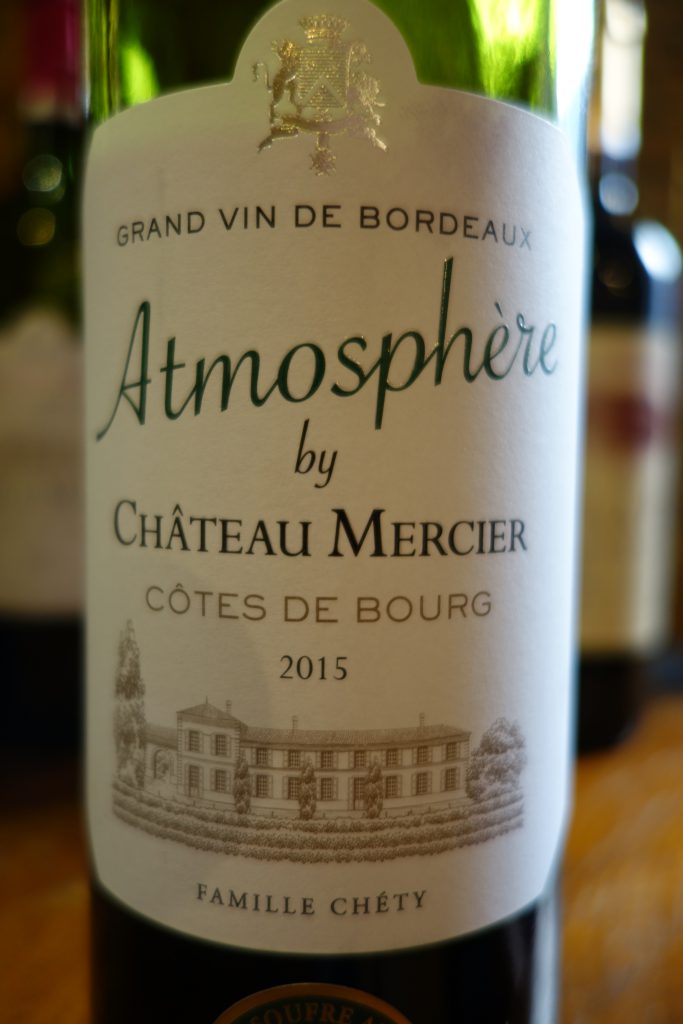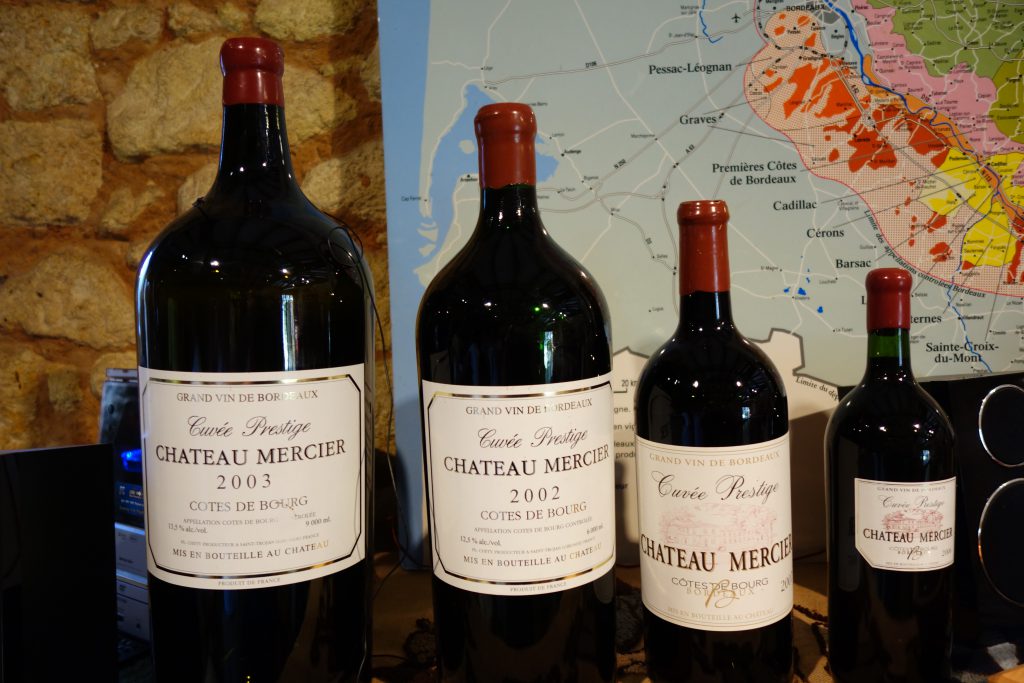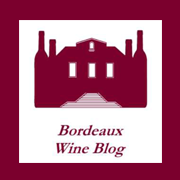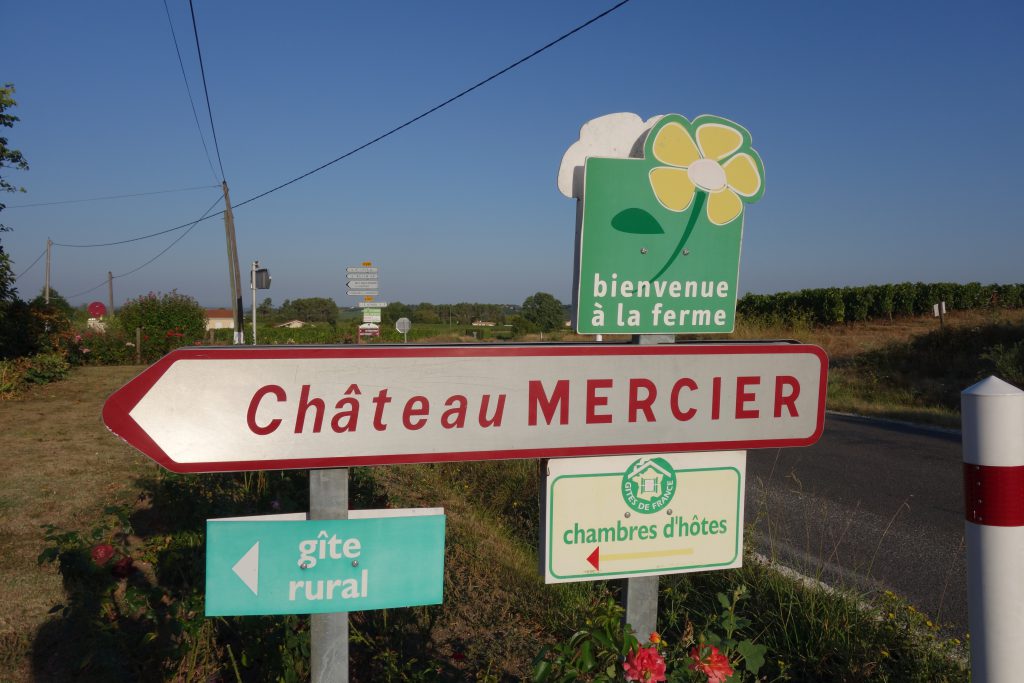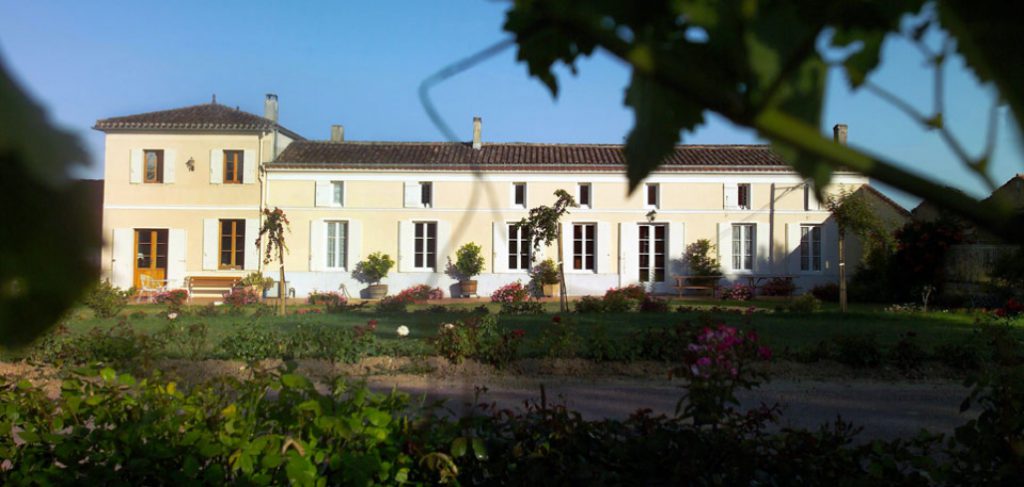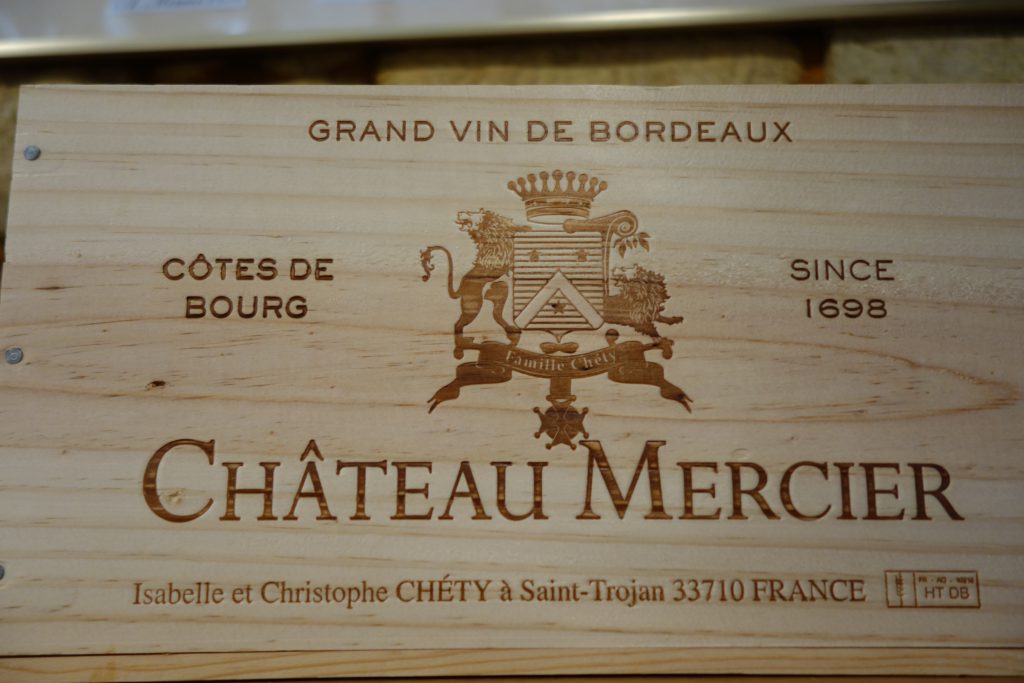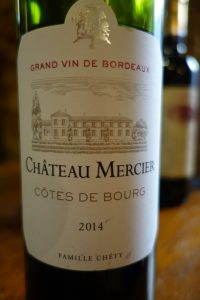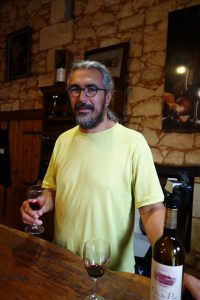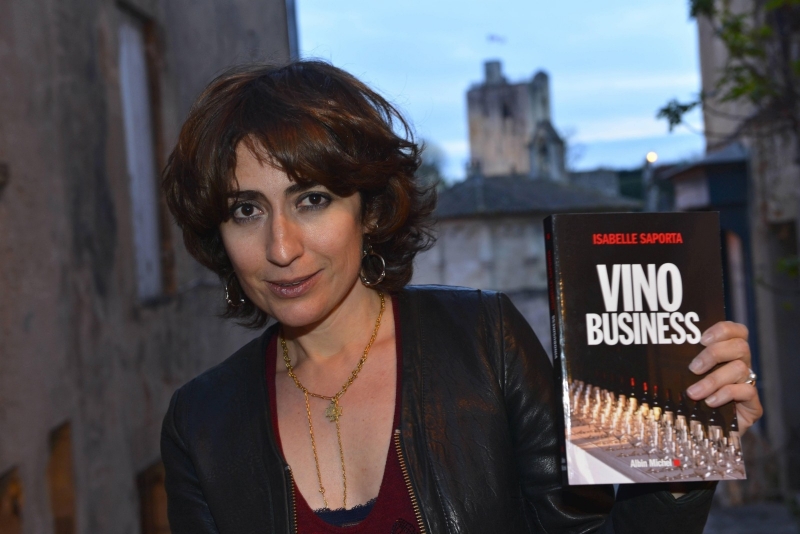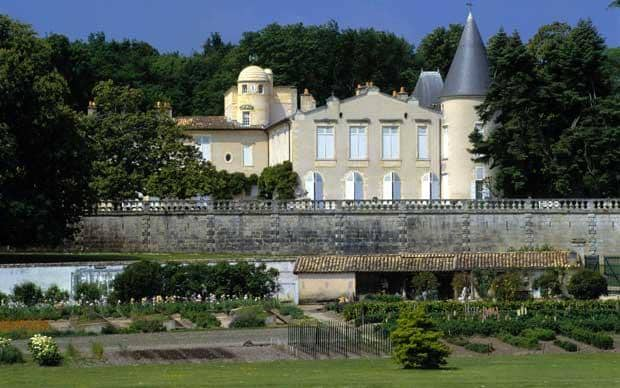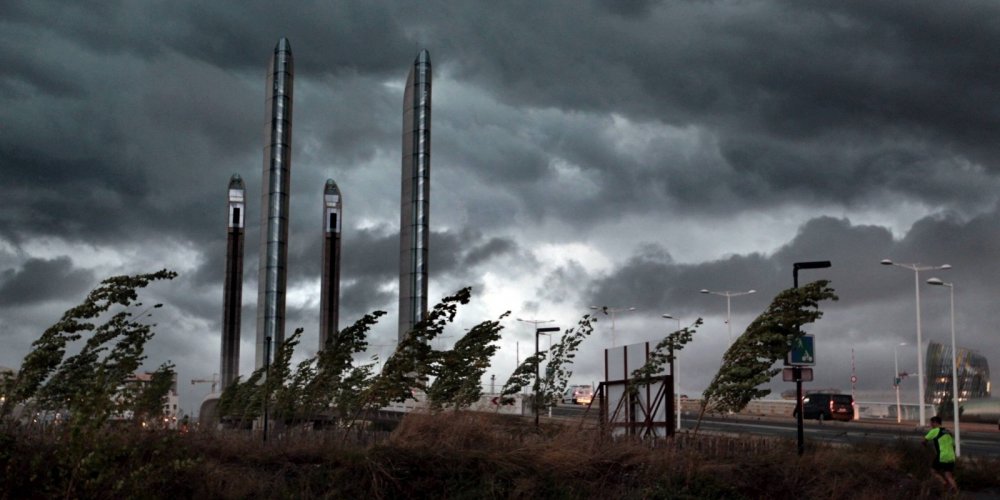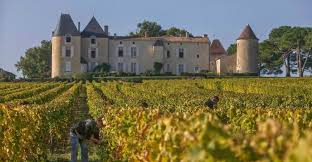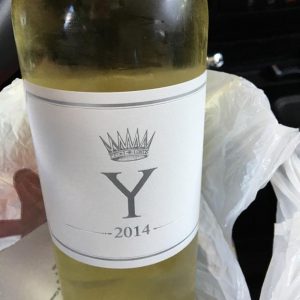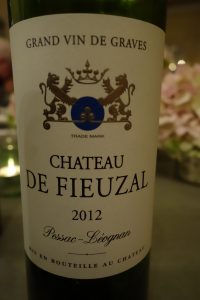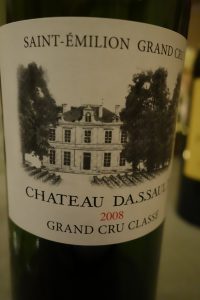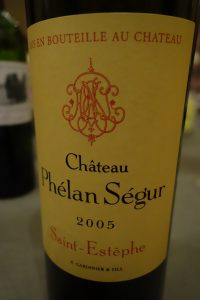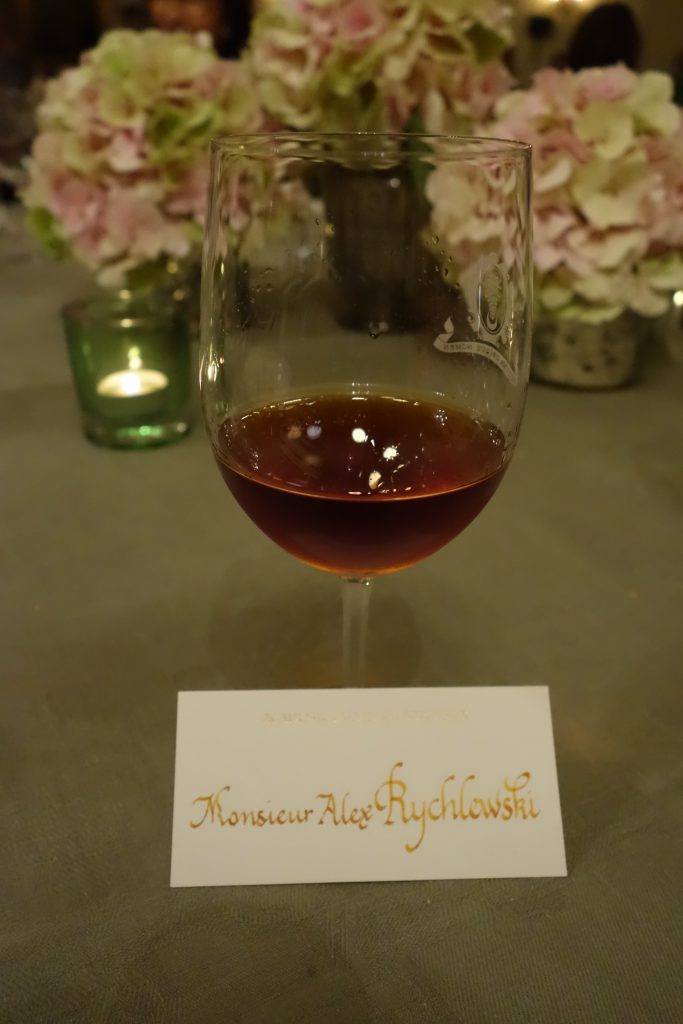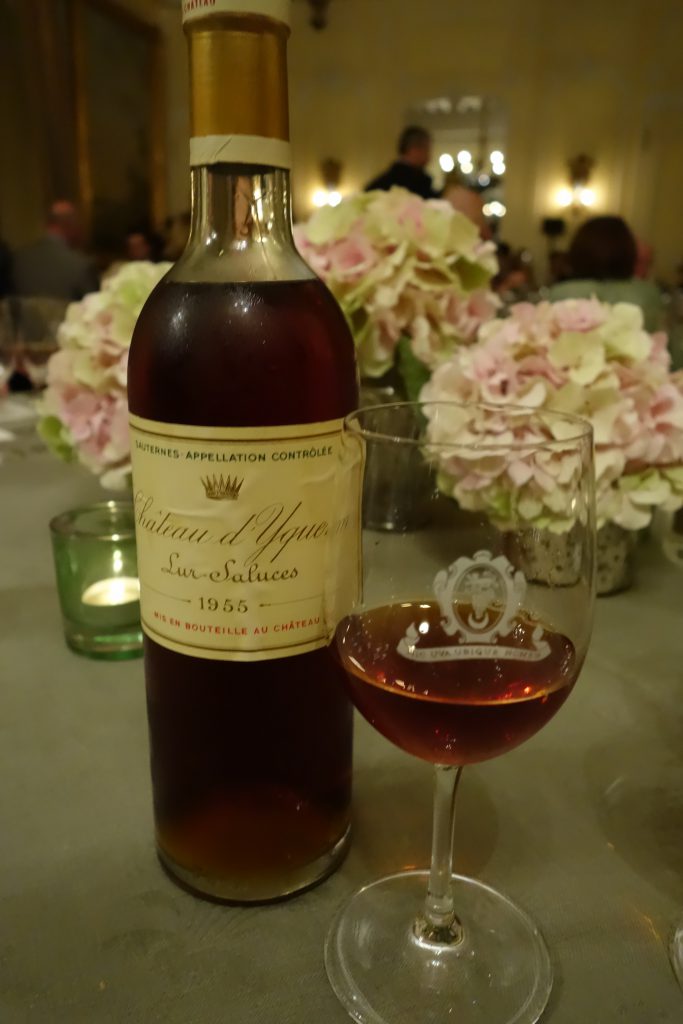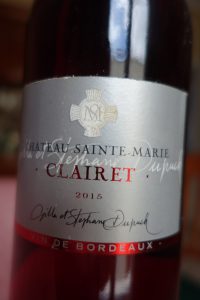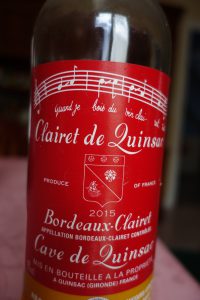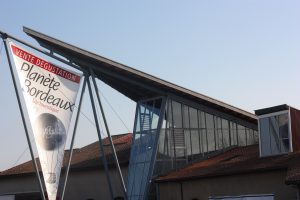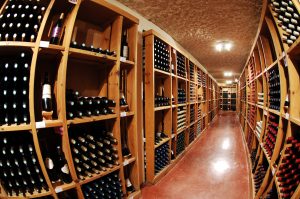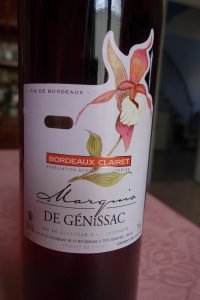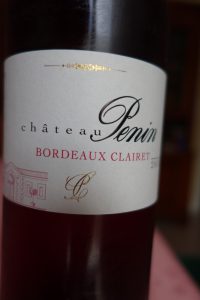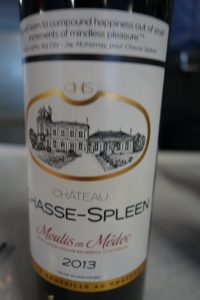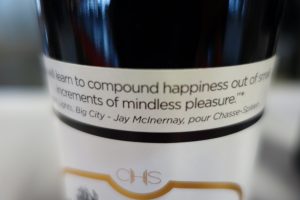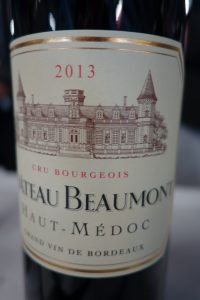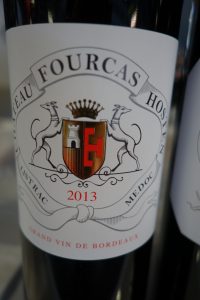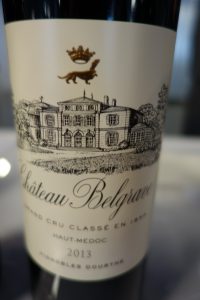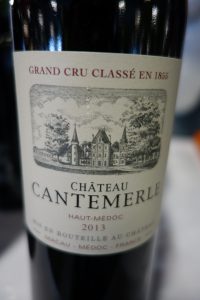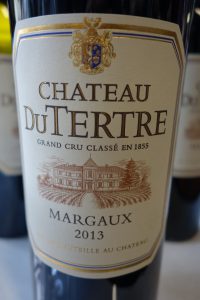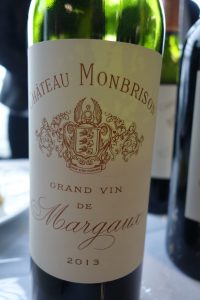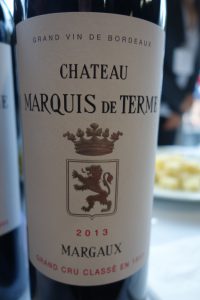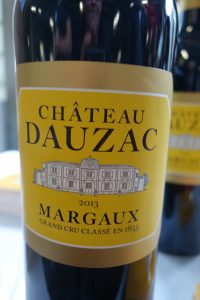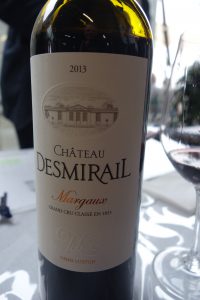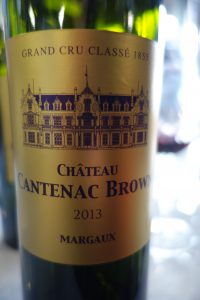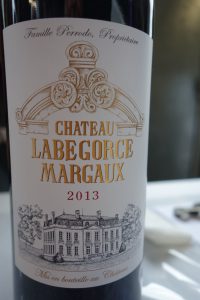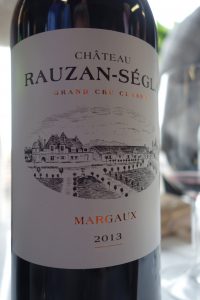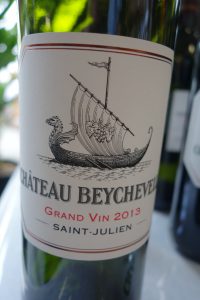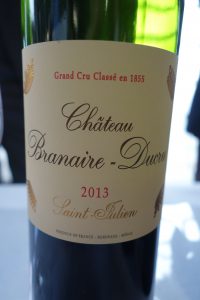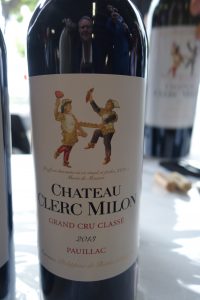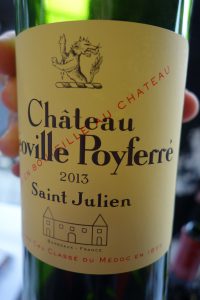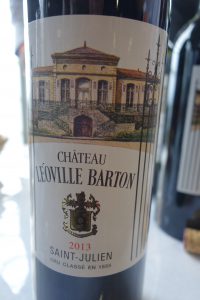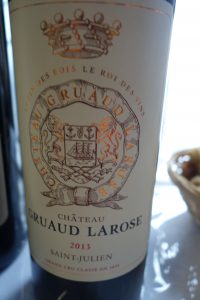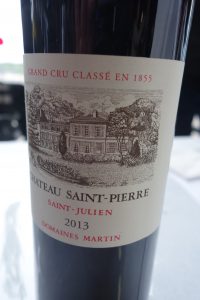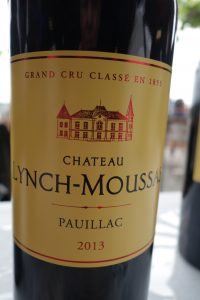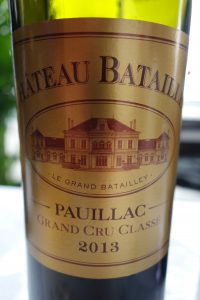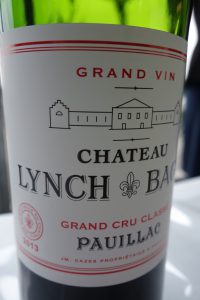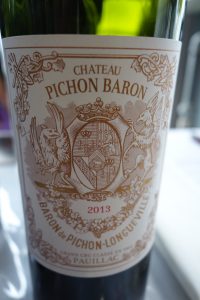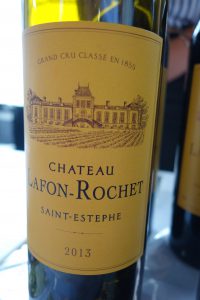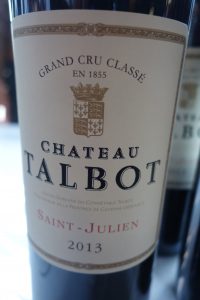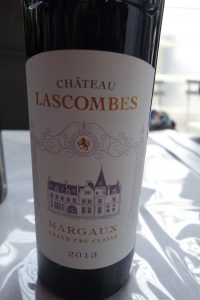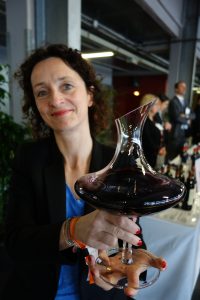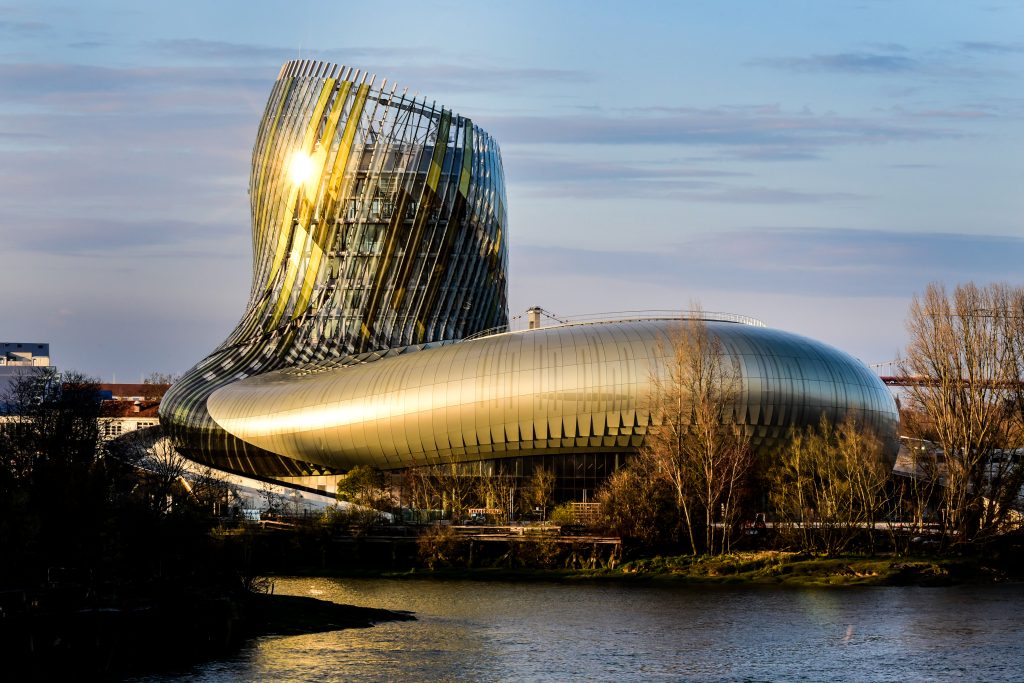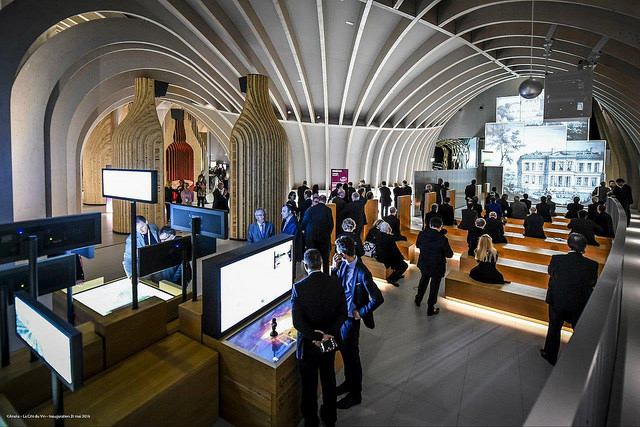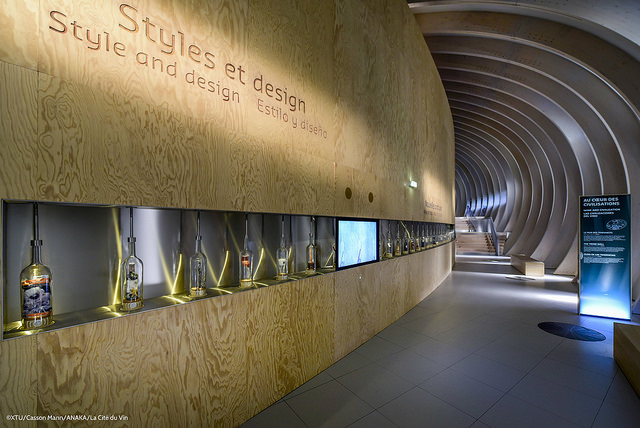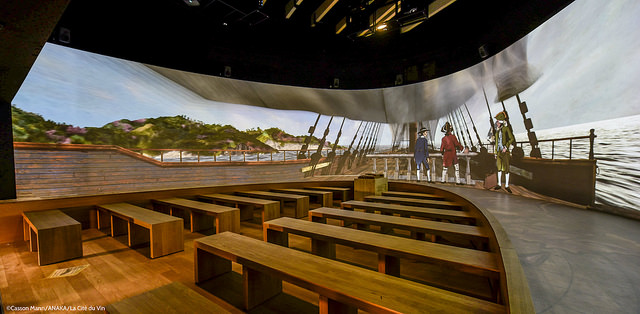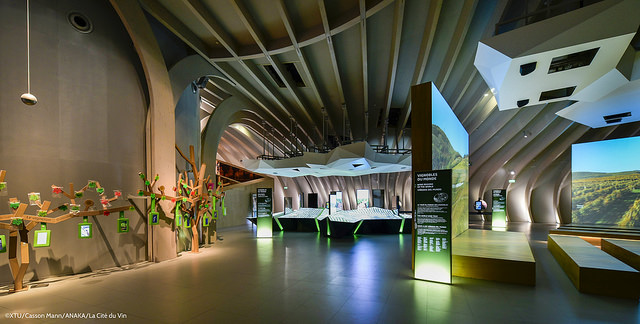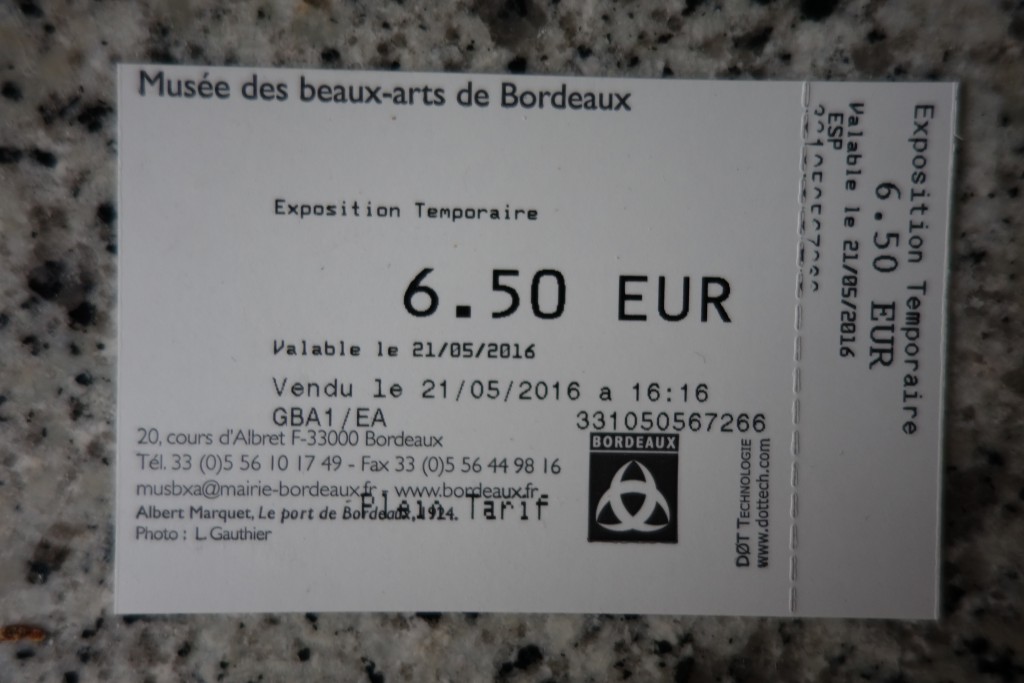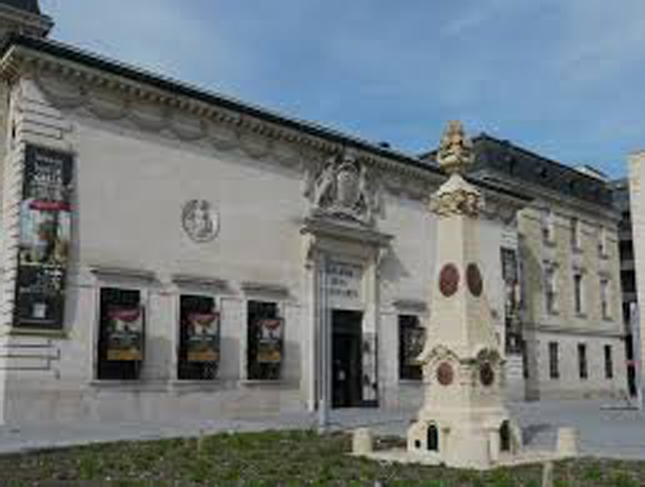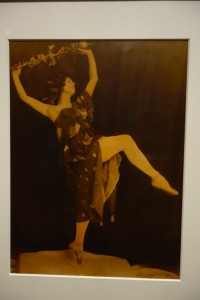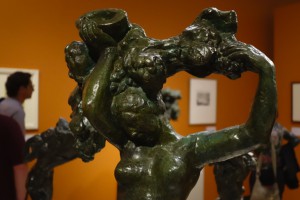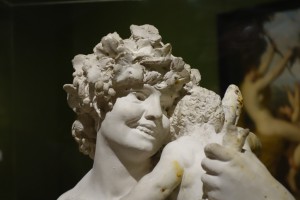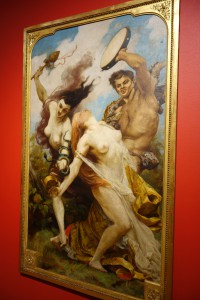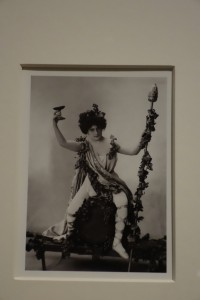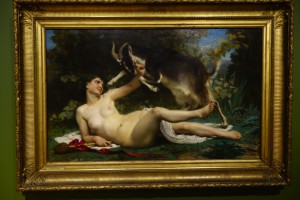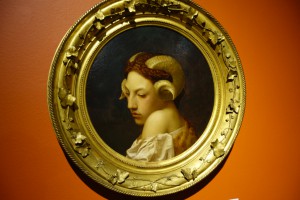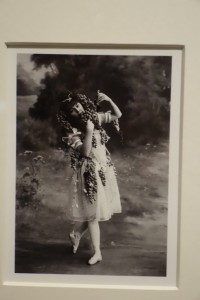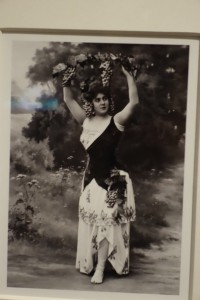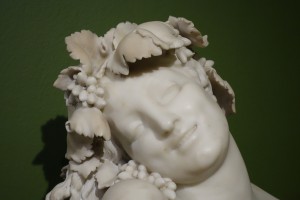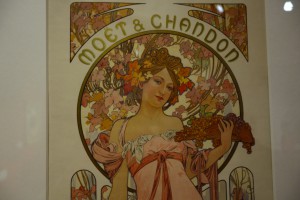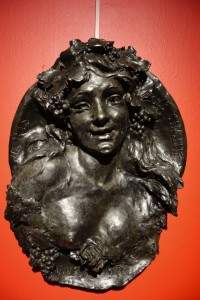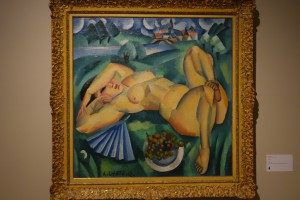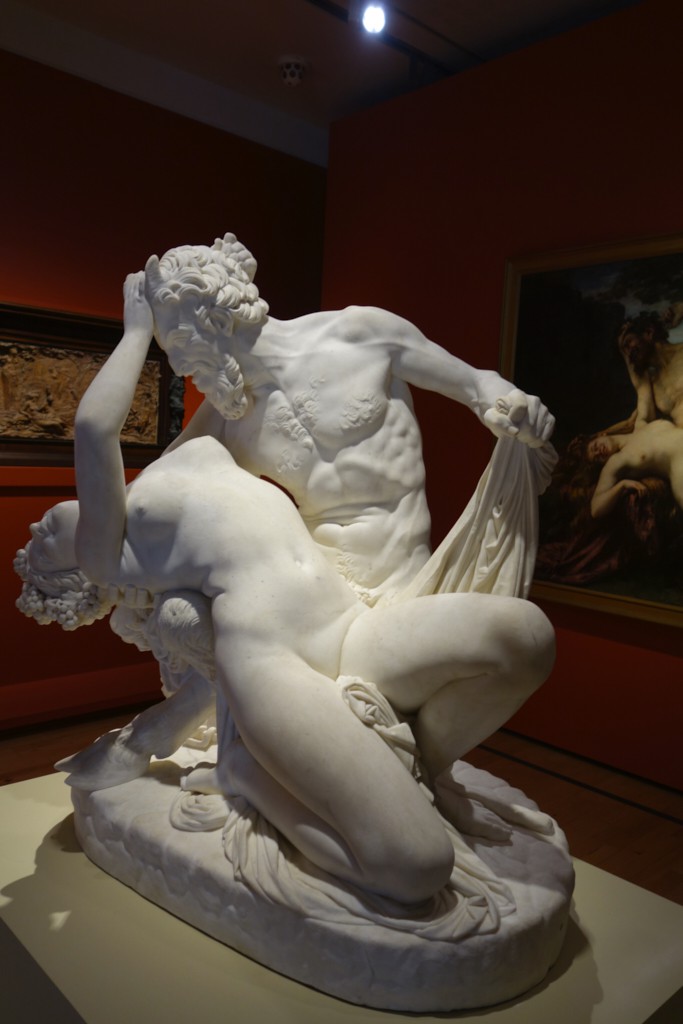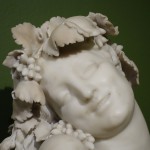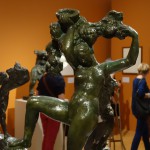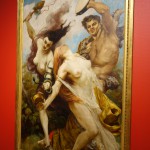The Union des Grands Crus is a great example of what Bordeaux can do when people work together to promote fine wines. Of course, other countries/regions have their promotional associations too, either official or, like the UGC, privately-funded, but few have quite the outreach and international presence as the great growths of Bordeaux…
Going back several years now, the UGC has organized one weekend a year revolving around wines produced by their members: http://ugcb.net/en/les_membres_de_l-union What makes the Weekend des Grands Crus unusual is that events are open to the general public, attracting people from all over the world. Activities include vineyard tours, formal dinners in châteaux, and a golf tournament. But the highlight is the mammoth tasting held on Saturday. A château representative (usually the owner or winemaker) is there to answer questions and serve two vintages: a designated one and a second one from a recent vintage of their choosing.
I attended the tasting at Hangar 14 in Bordeaux on Saturday the 4th of June 2016. The featured vintage was the 2013 and the choice was mind boggling. Having only one tongue, and therefore capable of tasting only so many wines, I decided to focus on one region in one vintage. And that was 2013 Médoc. I sampled 30 of them.
Why in the world did I choose 2013 instead of zeroing in on better-reputed (what I call “politically correct”) years? Simply because I am against received wisdom and have always been one to root for the underdog…
Here are my notes.
Please note that there is little mention of color. That is because most young wines often have a similar deep rich color, so this is not a major factor in differentiating the wines.
IMPORTANT: Please also note that the following scores need to be understood in the context of my personal scoring system. I am a tough grader compared to most people. For a start, I use the 20 point scale and 14/20 is a very good score in my book. 10 is passable, 12 good, and anything above 14 is excellent.
N = nose
P = palate
2013 Château Chasse Spleen, Moulis
Chasse Spleen has taken to putting a strip label with a quote in each vintage. The one in 2013 reads “You will learn to compound happiness out of small increments of mindless pleasure” – Jay Mc Inernay
N: Simple with no trace of greenness. Overtones of ash and red fruit, along with muted cherry-vanilla aromas.
P: Fluid and light. Well-made, with not much grip on the aftertaste. Short, but friendly.
12/20
2013 Château Beaumont, Haut-Médoc
N: Brambly, light, and enticing, with notes of cranberry jelly.
P: Appetizing. Mouthwatering. Good. Tannin under control. A fine example of what the English called luncheon claret: a light flavorsome wine that you can drink at lunch and still work efficiently in the afternoon. I am increasingly impressed with Beaumont.
13.5/20
2013 Château Fourcas-Hosten, Listrac
N: Great purity and lovely black fruit on the nose. The oak is well integrated and a positive part of the bouquet.
P: Light and refreshing with a touch of mintiness and an unusual balance between softness and acidity. Decent grip on the tarry aftertaste. Good for mid-term ageing.
13/20
2013 Château Belgrave, Haut-Médoc
N: Enticing berry aromas with subtle cosmetic aromas and nuances of roast coffee beans.
P: Somewhat hollow and dry. Oak plays too great a role here. A little one-dimensional, but has greater ageing potential than most.
12/20 (but can move up)
2013 Château Cantemerle, Haut-Médoc
N: Fine, upfront, and seductive with powdery, roasted, and black cherry aromas.
P: Soft, light, feminine. Well-made and refreshing. Good tannin and fine balance. Zippy with grip on the finish.
14.5/20
2013 Château La Lagune, Haut-Médoc
N: Pure classic, perfumed Médoc nose with fruit jelly overtones. Feminine, but with an odd citrus side.
P: Lacks richness and depth in this vintage. Somewhat hollow and with too much oak. Disappointing for the estate but has greater ageing potential than most.
13/20
2013 Château Ferrière, Margaux
N: Muted spring flower nuances appear after swirling in the glass. Closed, but promising. Needs plenty of aeration.
P: Very soft and with some definite Margaux magic here, going into gravelly minerality. Light, but classy. Will age. Very classic, well-made wine with a lovely, long mineral aftertaste.
14/20
2013 Château du Tertre, Margaux
N: Non-descript and a little green.
P: Much better on the palate, however. A sort of luxury quaffing wine. Pure, but light structure. Unsubstantial, but OK. Saved by the aftertaste that shows at least some personality.
11.5/20
2013 Château Monbrison, Margaux
N: Open, simple, and attractive. Intelligent winemaking has freed the sweet, but not very complex fruit without overwhelming or over-extracting it.
P: Honest, straightforward, and refreshing. Nice development on the palate, showing some unexpected authoritativeness on the finish, but the wine’s body isn’t quite up to this.
13.5/20
2013 Château Marquis de Terme, Margaux
N: Forward, raspberry fruit. Seems reminiscent of New World wines with toasty oak.
P: International style. Dry. Unquestionably steamrollered by the oak. Different from others and may be better in time, but I think the estate needs to re-evaluate their barrel ageing in lighter years.
11/20
2013 Château Dauzac, Margaux
N: OK, but not showing much personality at this stage.
P: Chewy and surprisingly assertive with marked acidity. Big wine showing considerable personality on the aftertaste. Dips on the middle palate but vinous and good – albeit not textbook Margaux.
13/20
2013 Château Desmirail, Margaux
N: Grassy, and brambly, with berry fruit and chocolate nuances. Subtly perfumed. Good.
P: Silky mouthfeel. A sophisticated lady. Attractively mineral with mid-term ageing potential.
14/20
2013 Château Cantenac Brown, Margaux
N: Caramel and sour cherry aromas.
P: Chewy and big, but there’s something off here, some chemical note…
11/20, but time may change this.
2013 Château Labégorce, Margaux
N: Deep, dark, and mysterious… Very brambly, with gunpowder aromas. Interesting. Wild.
P: Light, but by no means inconsequential. Refreshing. Not linear. Seems to be weak on the aftertaste and then spreads out with interesting flavors. Will age.
14/20
2013 Château Rauzan-Ségla, Margaux
N: Vaguely fruity and oaky.
P: Much better on palate, big even. Pleasantly surprising after the bouquet. Rich, satisfying, and has a long aftertaste. May lack spark and imagination, but rather successful and very good for the vintage.
14.5/20
2013 Château Beychevelle, Saint Julien
N: Slick, meaty, and classic.
P: Lovely texture. Really chewy. Powerful and assertive. The real ticket. Good oak, but perhaps a tad over-extracted. Very Cabernet. On the spirity side. Give it 5-7 years more.
14.5/20
2013 Château Branaire Ducru, Saint Julien
N: Band-aid aroma and a marked floral component (iris), but lacks personality.
P: Good acidity and excellent tannic texture. Virile wine with a good aftertaste.
14/20
2013 Château Clerc Milon, Pauillac
N: Earth/humus and refined blackberry liqueur aromas.
P: Starts out really soft, then shows a bit green, then displays a gravelly, mineral aftertaste.
13/20
2013 Château Léoville Poyférré, Saint Julien
N: Smoky, with rich berry fruit.
P: Nice attack turns angular. There’s sufficient acidity to age, but not much fruit. Lacks softness and charisma.
13/20
2013 Château Léoville Barton, Saint Julien
N: Pencil shavings, sweet, subtle, and seductive.
P: Lovely caressing mouth feel. Soft, linear development on the palate into a classic profile. Quite oaky, but indications are that this will integrate. A fine effort. One of the stars of the tasting to me.
15.5/20
2013 Château Gruaud Larose, Saint Julien
N: Herbaceous, crushed blackcurrant leaves.
P: Smooth and herbaceous once again with mint overtones. Sharp acidity. Tastes like what it is: a fine wine from a challenging year.
13.5/20
2013 Château Saint Pierre, Saint Julien
N: Toasty oak predominates.
P: Harsh tannin, not showing well, disappointing for a château I generally have a lot of time for.
12/20
2013 Château Grand Puy Ducasse, Pauillac
N: Nose is off. Brett?
P: Hard. Drinkable, but not noteworthy.
10/20
2013 Château Lynch Moussas, Pauillac
N: Floral and brambly. Wild flowers. Definite green nuances.
P: Out of balance, but interesting. Melts in the mouth at first, then becomes weak and a little watery, however finishes with a strong and somewhat hard aftertaste.
11/20
2013 Château Batailley, Pauillac
N: Corked
P: Flawed.
Not rated.
2013 Château Lynch Bages, Pauillac
N: Fresh berry fruit. A little herbaceous. Fine, well-integrated oak.
P: Starts out very nice then dips. A little hard on the finish. Not a great Lynch Bages.
13/20
2013 Château Pichon Baron, Pauillac
N: Very youthful with good fruit and oak. Candied black fruit and tell-tale Pauillac graphite notes.
P: Wonderful smooth texture with velvety tannin on the aftertaste. Vibrant and juicy. Only the volume is missing, but this is very good.
14.5/20
2013 Château Lafon Rochet, Saint Estèphe
N: Not very pronounced. Oak overlaying black fruit and cough drop nuances.
P: More character on the palate. Lovely cherry flavors. Good structure and a fine aftertaste. Classy wine.
14/20
2013 Château Talbot, Saint-Julien
N: Disappointing. Subtle – but too subtle…
P: Improves on the palate. Starts out with delicious cherry notes then goes into a certain toughness but that should even out with age.
13.5/20
2013 Château Lascombes, Margaux
N: First impression is of oak, but berry fruit kicks in thereafter. Seems somewhat one-dimensional at this stage.
P: Tight, uncompromising structure. Expressive and juicy. A little dilute, but saved by an especially good, long aftertaste. Best in 3-5 years.
14/20
